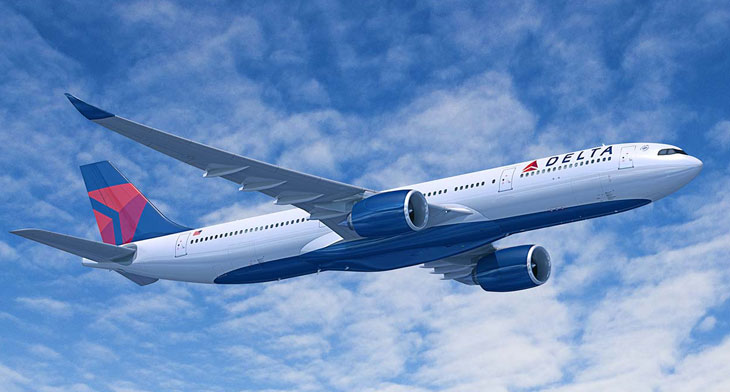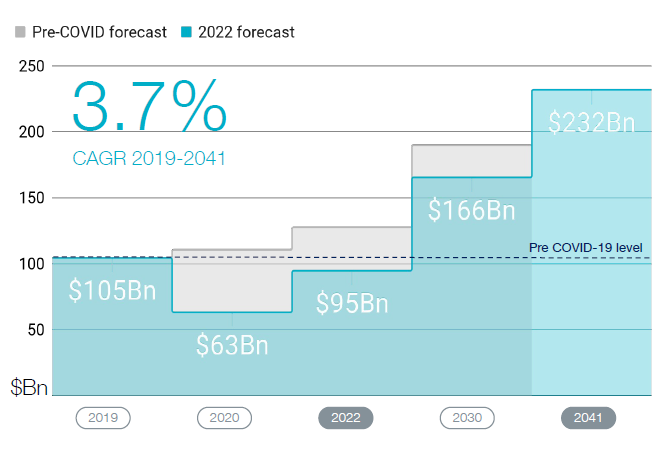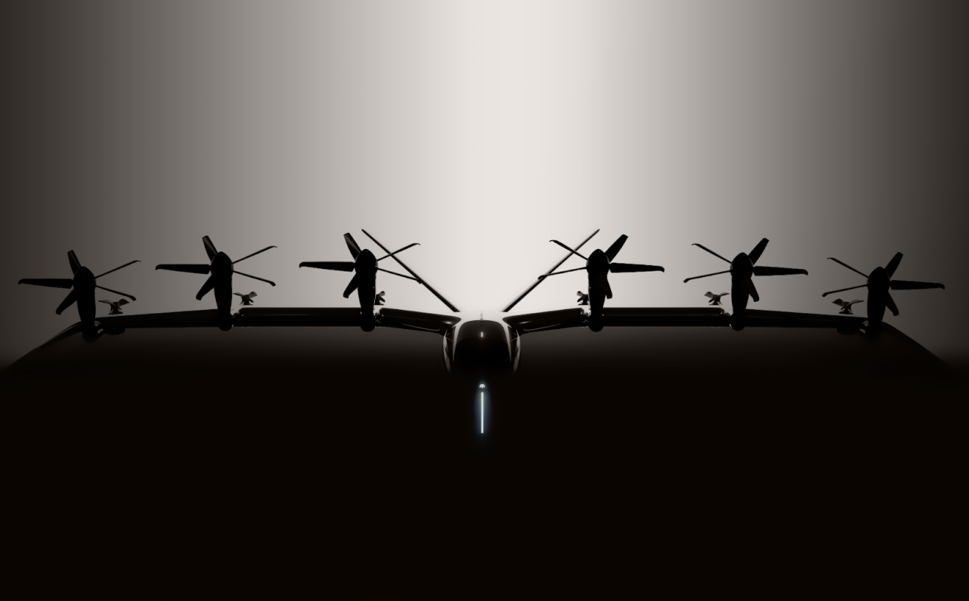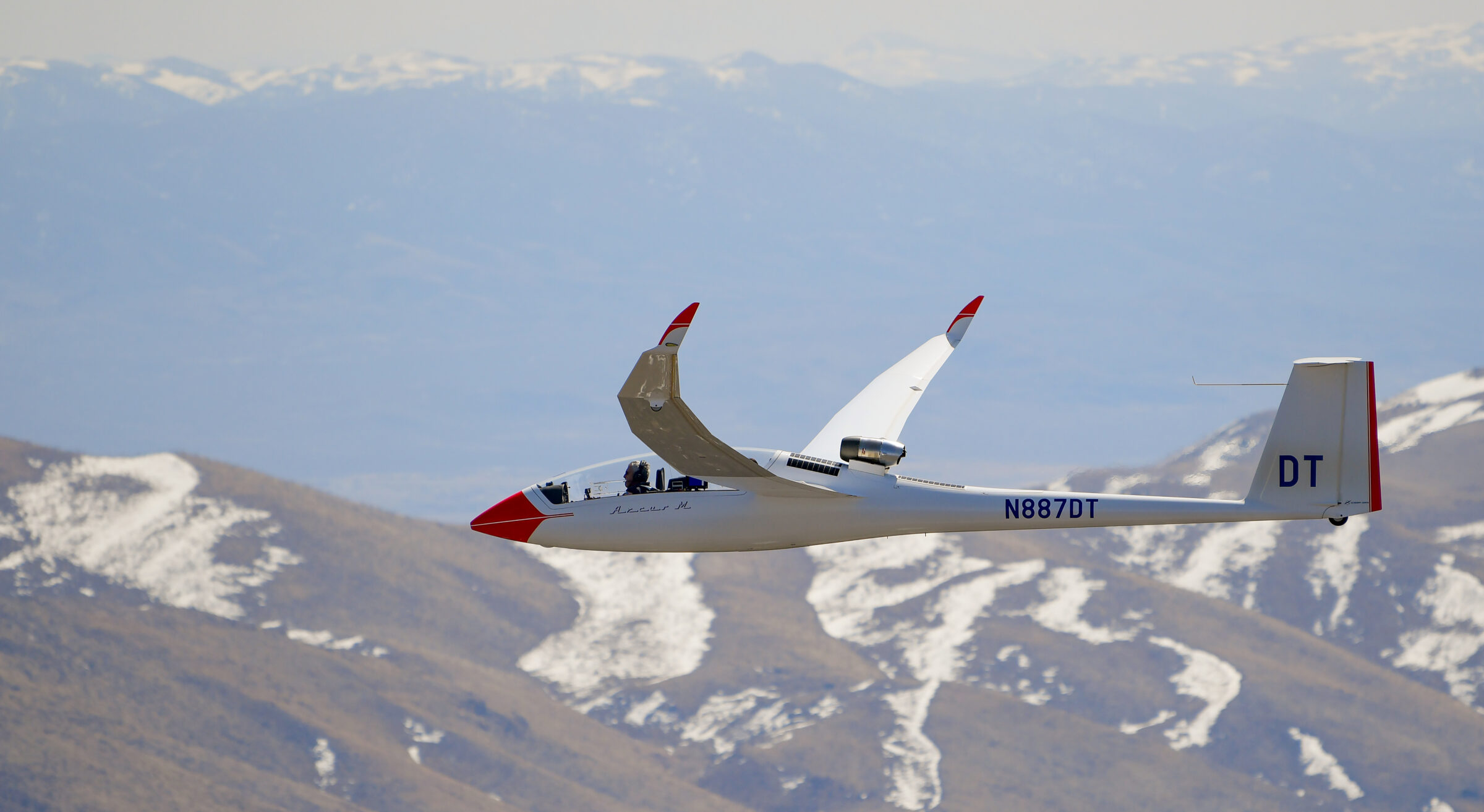Leeham News and Analysis
There's more to real news than a news release.
Bjorn’s Corner: Sustainable Air Transport. Part 46. eVTOL comparison with helicopter
November 18, 2022, ©. Leeham News: In the comments to last week’s Corner, there were requests for a comparison with a helicopter re. Sustainability (kWh/km). Here you go.
I also threw in a cost of operations discussion, as the helicopter is the present alternative to an eVTOL for city-to-airport air transports.
Read more
The economics of a 787-9 and A330-900 at eight or nine abreast
Subscription Required
By Bjorn Fehrm
Introduction
Nov. 16, 2022, © Leeham News: Over the last weeks, we have looked at the economics of our typical long haul widebodies when fitted with normal and high-density seating.
We continue this series by comparing the Boeing 787-9 and Airbus A330-900, when both fly eight or nine abreast economy cabins. As before, we fly the world’s busiest long-haul route, London Heathrow, to New York JFK and look at the comfort and economic data.
Summary
- The 787-9 is the more capable aircraft with about 700nm longer range than the A330-900.
- The economics of the two on routes both can fly is close. It comes down to cabin layouts.
Embraer 3rd Quarter 2022 results; E-Jet deliveries backloaded
By Bjorn Fehrm
November 14, 2022, ©. Leeham News: Embraer presented its 3Q2022 results today. Commercial aircraft deliveries stayed low, with only one E195-E2 delivered in the quarter, together with nine E175s. In total, 27 E-jets have been delivered from a guidance of 60-70.
Revenue for the group was down 3% compared with 3Q2021, mainly due to Defense & Security revenue declining $75m ($102m vs. $177m). Group net profit was -$30m (-$45m 3Q2021).
Group sales were flat as Porter and SalamAir orders for E195-E2s balanced a Republic Airways reduction of E175 orders with 31 units. The company retained the 2022 guidance with an increase in Free Cash Flow from $50m to $150m or better.
Pontifications: Total life cycle impacts missing from nearly all ecoAviation discussion
Oct. 10, 2022, © Leeham News: Batteries are the best thing for the new generation of clean airplanes. Or so say those promoting the concept.
However, few talk about the total life cycle of the concepts, whether eVTOL, hybrid-battery aircraft or pure battery airplanes.
And there’s the rub. Batteries may be clean in operation. But they are far from being a panacea for life-cycle clean aviation.
Some acknowledge that the power source for charging batteries could be an eco-issue. Others acknowledge that recycling batteries is an issue. A few acknowledge that today’s batteries don’t last very long—they must be replaced every 1,000 to 2,000 flights, depending on usage and other factors.
But so far, the real skunk at the lawn party is the fact that mining lithium, a key chemical for long-lasting batteries, is strip-mining, one of the most environmentally damaging methods of extracting anything from the earth.
Airbus predicts services will grow faster than aircraft deliveries
October 06, 2022, © Leeham News: Airbus presented their 20-year Global Services Forecast (GSF) for the world’s airliner business today. It’s a complement to the aircraft Global Market Forecast (GMF) that Airbus presented in July.
The services business for the over 100-seat air transport market grows from $105bn pre-COVID to $232bn by 2041, an increase of 221% or a 3,7% CAGR (Compound Annual Growth Rate), Figure 1.
Bjorn’s Corner: Sustainable Air Transport. Part 39. VTOL design realities.
September 30, 2022, ©. Leeham News: Last week, we discussed how the pilot should control the eVTOLs that enter the market in three to five years. The absence of a standard for pilot interaction with the VTOL is troubling.
Having gone through the market’s major eVTOLs, their flight principles, and the key systems, we now look at how it all fits together. What payloads can be flown to what range? What will be the operational costs, and how green will it all be? We start by looking at some design realities for eVTOLs.
Read more
Airbus 1H profit; delays A320neo production rate hike due to supply chain challenges
July 27, 2022, © Leeham News: Airbus Group today reported flat revenues for the first half, year-over-year but less profit.
 Revenues for the six months this year were €24.8bn vs €24.6bn. Net income was €$1.9bn vs €2.2bn, a decline of 15%. Free cash flow was €1.65bn vs €2bn. The Group ended the second quarter with €7.2bn in cash, down from €7.7bn a year earlier. Total liquidity was €27.6bn.
Revenues for the six months this year were €24.8bn vs €24.6bn. Net income was €$1.9bn vs €2.2bn, a decline of 15%. Free cash flow was €1.65bn vs €2bn. The Group ended the second quarter with €7.2bn in cash, down from €7.7bn a year earlier. Total liquidity was €27.6bn.
Airbus said it still has a goal of producing 75 A320neos a month by 2025 but that it will adjust the ramp-up rate between now and then. Challenges with the supply chain slow the ramp up. Airbus now targets early 2024 for a rate of 65/mo, vs the second half of next year, a six-month delay. Entry into service for the A321XLR is now targeted for early 2024 vs 2023. Increasing production rates for the A330 and A350 depend on the supply chain, the company said.
Boeing has slowed the production rate ramp-up for the 737. It now will maintain a rate of 31/mo for the remainder of this year, also citing supply chain challenges. It had planned to increase production to 38/mo later this year.
Airbus prepares contrail flight tests
July 21, 2022, © Leeham News at Farnborough Air Show: Airbus is converting two Arcus high-altitude gliders to check if the contrails produced by hydrogen combustion engines create an environmental problem.
The background is that experts can’t agree if the water vapor produced by hydrogen combustion (which merges hydrogen with oxygen to water) can cause global warming or not. The only way to resolve the dispute and gain fundamental knowledge is to fly and measure.
Boeing and Airbus make important Sustainability announcements at Farnborough.
By Bjorn Fehrm
July 18, 2022, © Leeham News at Farnborough Air Show: Boeing started the Sustainability announcements by the big two by summarizing its Sustainability efforts to date and previewing Cascade, a web tool where we all can check the lifecycle effects of actions to support Net Zero at 2050. The tool supports all technologies and any real or concept aircraft of your making. Boeing also made announcements about supporting the Global scaling of SAF (Sustainable Aviation Fuel) together with Alder Fuels.
Airbus closed the day by announcing it had pre-ordered 400,000 tonnes of CO2 Direct Air Capture performed by 1PointFive. The pre-order is in cooperation with Air Canada, Air France-KLM, easyJet, IAG, LATAM, Lufthansa, and Virgin Atlantic. One million tonnes of CO2 will be captured at a new Texas site by 2024 and then permanently stored in old oil wells.
Both companies stressed that Sustainability is, like Safety, not a competition item; instead, we must all contribute, and there is no single solution or entity that will get us to net zero by 2050.
Boeing sees long-term demand bouncing back after pandemic
July 16, 2022, © Leeham News: After years of market turmoil, Boeing and Airbus see brighter skies–and bigger order backlogs–ahead. Both companies maintained confidence that demand for aircraft would bounce back as the COVID-19 pandemic ebbed. Passenger traffic and aircraft utilization seem to back up their optimism. Traffic is bouncing back despite short-term economic concerns, a pandemic that is still smoldering and Russia’s invasion of Ukraine.
 Boeing projects demand for 39,050 new commercial aircraft, excluding regional jets, over the next two decades, according to its Current Market Outlook, which it released Saturday. The company’s forecast is in line with Airbus’ forecast of demand for 39,500 aircraft. Single-aisle aircraft make up three-quarters of demand in both companies’ outlooks. Boeing is slightly more bullish on passenger widebody demand.
Boeing projects demand for 39,050 new commercial aircraft, excluding regional jets, over the next two decades, according to its Current Market Outlook, which it released Saturday. The company’s forecast is in line with Airbus’ forecast of demand for 39,500 aircraft. Single-aisle aircraft make up three-quarters of demand in both companies’ outlooks. Boeing is slightly more bullish on passenger widebody demand.
Sustainability is an increasingly important factor in Boeing’s market outlook. It is also a relatively new variable, and how much it will shape market demand and in what ways is not very clear.










